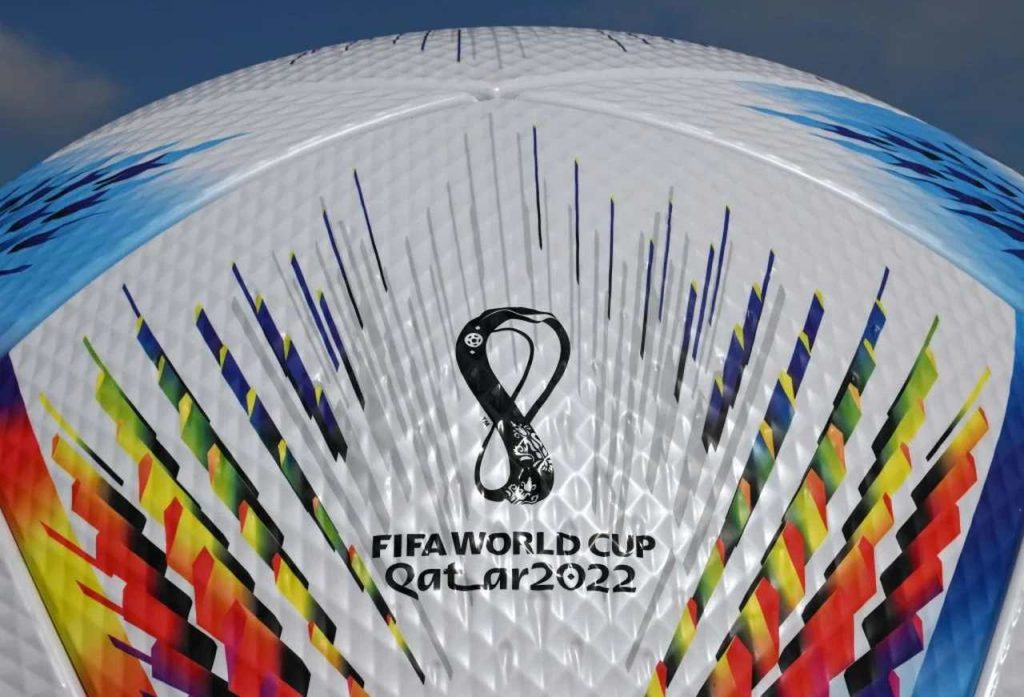With the World Cup year approaching, a fan considering traveling for the event knows the agonizing saga will start getting at least one ticket for their national team game.
Understanding all the stages of the sale, the different products and the ecosystem that involves selling Cup tickets is really a challenge that requires a lot of research and especially experience with previous Cups. The few who invest their time in studying this science inevitably dominate the subject and do well, both in the lottery and at the stage of direct sales.
The mechanism behind selling World Cup tickets is very complex and FIFA has a team of dozens of people dedicated to weaving this network and getting the ticket into the hands of the masses.
In fact, after so many World Cups outsourcing ticket sales and operation, the Qatar Cup will be the first where FIFA will take care of the topic from start to finish. In 2016, Gianni Infantino assumed the presidency of FIFA after a turbulent end to his predecessor’s term. FIFA’s vision for the coming years was quickly published, and it included accommodating several core areas of business. Including ticket sales.
Since the cup was played with 32 teams, there are 64 games in total. The capacity of the stadiums is usually between 40,000 and 80,000, so the number of tickets available is about 3 million for the entire tournament.
However, the most you hear when opening sales is that the virtual queues are huge, there is nothing else available or no one has achieved anything in the checkout. Getting the coveted ticket to the cup is not really an easy task.
Unlocking ticket sales isn’t just about putting 3 million tickets on the site for sale. FIFA is preparing a plan for the selling phase, which has been divided for the Qatar Cup into 3 phases:
The first stage of sale: From January to March 2022 (split between the draw phase and the direct selling phase), even before the collections are drawn.
The second stage of sale: From April to August 2022 (also with a draw phase and a direct sale phase), after the collections are drawn.
– “Last minute” sales phase: On a date yet to be determined, but this extends until the day of the final and tickets are sold online and at ticket centers in Doha, when they are in operation.
In addition to these three stages of selling to the general public, FIFA also has to serve other groups of customers, and this is where the process begins to get complicated. There are also group sales stages (sponsors stakes, unions, host country, among others) and hospitality package sales. All of these customers drink from this source of 3 million tickets, which is why it’s common to see, especially in the more advanced stages of sales to the public, that sold-out games again have tickets. This happens, in most cases, because these corporate groups have not exercised their right to purchase 100% of the tickets and the rest is up to the general public.
With each group sale window closing, more tickets can be added to the stock available for regular audiences. For this reason, FIFA has established several sales stages, so that inventory management for the end audience is more efficient and manageable.
This overall scenario where you go from 3 million tickets, where X is for the general public and Y is for groups and hospitality, is just the tip of the iceberg. In fact, the real action takes place at the base of the glacier. After all, the final ticket stock is nothing more than the sum of the seats available in every category of every game at every stadium.
Anyone who is used to buying World Cup tickets knows that FIFA traditionally divides tickets into 4 categories: 1 (the most central and most expensive), 2 (corner), 3 (behind the goal) and 4 (exclusive to residents of the country). – Headquarters and strictly behind the goal, being the cheapest ticket). This is the basis for preparing the ticket plan for each game. And every game is a game! The stadium itself can have slightly different configurations for each game, and even more different from one stage to the next. As you advance in the tournament, the more seats are reserved for the press and sponsors (and less for the general public).
In general, ticket dynamics indicates that in the initial stage of sales, the stock for the general public is very limited. However, as happens before the group draw, not everyone is brave enough to step up without knowing which team is playing, so the odds are reasonably good.
Over time and sales stages, customer groups return tickets they don’t want to buy and the stock available to the general public increases. This interpretation debunks the myth that FIFA “holds” tickets or sells them in groups. All tickets are always available for sale, but not all of them are for the final audience. What one type of customer doesn’t buy is passed on to another.
In this way, FIFA ensures that there is “excitement” in ticket sales until the last minute. Literally, tickets can appear at any time in the system up to the time of departure. So, if you’re in Doha for the World Cup and want to take the opportunity to fit in some other games, always keep an eye on the site!
For all the ticket information for the 2022 FIFA World Cup, visit http://fifa.com/tickets And see you in Qatar!

“Hardcore beer fanatic. Falls down a lot. Professional coffee fan. Music ninja.”






More Stories
The law allows children and adolescents to visit parents in the hospital.
Scientists pave the way for the emergence of a new element in the periodic table | World and Science
Can dengue cause hair loss? Expert explains how the disease affects hair